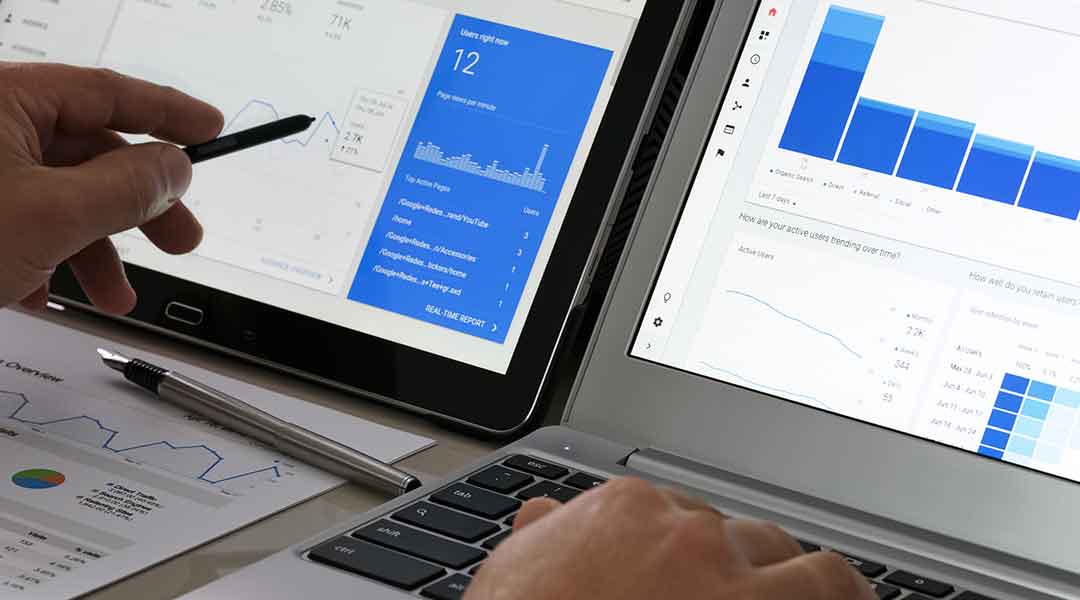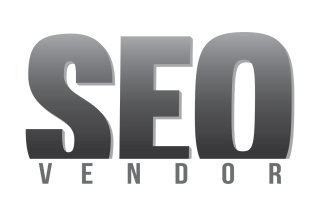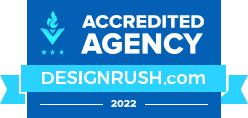Choosing between manual and AI SEO is like deciding between handcrafting a piece of art or using advanced tech to create it. Manual SEO involves a personal touch, deep analysis, and tailor-made strategies. On the other hand, AI-driven SEO relies on algorithms and machine learning to optimize websites quickly.
Both methods have their strengths. Manual for its precision and human insight; AI for efficiency and scale. Understanding both can help you leverage the right approach at the right time; combining them might just be your ticket to topping search engine rankings.
What is Manual SEO?
Manual SEO involves a personal touch in optimizing websites and content for search engines. You, the writer or marketer, take charge of every step. This includes researching keywords, creating content, and building links without automated tools.
The process can be slow but allows for creative freedom and a unique brand voice. Compared to AI-driven methods that speed up headline creation or suggest topics quickly based on algorithms, manual efforts stand out with their originality and emotional depth. Human writers can weave stories that resonate deeply with readers.
This is a task AI still finds challenging due to its lack of critical thinking abilities. Yet, automated SEO vs. manual SEO isn’t an either/or scenario; blending both approaches maximizes effectiveness. While AI excels at maintaining consistency and conducting rapid topic research, human intervention ensures content matches your brand’s style while engaging audiences on a more profound level.
Integrating these strategies lets you leverage AI’s efficiency alongside human creativity for superior SEO results.
What is AI SEO?
AI SEO represents a new approach to optimizing websites, making the process both efficient and data-driven. This technology leverages artificial intelligence to automate traditional SEO tasks such as keyword research, content optimization, and tracking competitor performance. Let’s explore in detail what AI SEO offers.
- Automation: The core strength of AI SEO lies in its ability to automate complex tasks. It quickly performs keyword analysis and optimizes content across multiple web pages or even sites simultaneously. This saves valuable time for you by handling these critical but time-consuming duties without constant oversight.
- Creating optimized metadata: Metadata creation is simplified with AI SEO tools. They not only generate this crucial information but ensure it’s tailored for search engine relevancy, intent matching, and readability improvements—all automatically inputted into your site’s pages.
- Real-time optimization: Staying ahead in the fast-paced world of search engines requires adaptability.AISEO ensures your website remains aligned with the latest changes by offering recommendations that instantly boost on-page factors—an invaluable asset for keeping pace with evolving ranking criteria. By embracing these capabilities offered through artificial intelligence, the once labor-intensive realm becomes more manageable, making advanced optimizations accessible regardless of technical expertise level.
Key Differences Between Manual and AI SEO
You face a choice: manual SEO or automated SEO. With manual efforts, you get the helm firmly in your grasp, allowing specific strategies and ensuring tasks are done just right. This could mean selecting each link that goes on your site with care.
Crucial for those meticulous about quality. Yet, this method eats up time due to its labor-intensive nature, demanding skills many might not have. On the flip side, automating your SEO with tools like AIOSEO serves as a beacon for businesses looking to save time without skimping on effectiveness.
Features such as AI-generated titles or efficient sitemap generators streamline operations while boosting traffic potential. A goldmine for small enterprises aiming high but finding resources tight. Automation simplifies processes and effortlessly aids in performance tracking.
An essential factor in refining campaigns. It slightly lessens your control over every minute detail of strategy execution. Considering these facets helps pinpoint what meshes best with your business’s fabric: The detailed hands-on approach of manual optimization or the streamlined efficiency automated solutions offer.
Either path chosen holds significance in sculpturing an online presence; it all boils down to aligning with one’s capabilities and goals.
Pros and Cons of Manual SEO
Exploring the pros and cons of manual SEO reveals its impact on your website’s search engine rankings. Here’s a closer look:
- Control: Manual SEO offers unparalleled control.: With manual handling, you decide every aspect of your SEO strategy, guaranteeing each step aligns with your goals. This approach ensures that all tasks are completed to standard. It allows for selective backlink sources, ensuring quality links from reputable sites.
- Time consumption: A major downside is how time-intensive it is.: Manual submissions like directory listings can consume hours just for marginal gains in visibility. The dedication required by your team could be allocated to other crucial projects instead.
- Expense: High costs make manual SEO challenging.: Building an expert team means higher salaries and additional resources dedicated solely to these repetitive tasks; this ramps up operation costs significantly.
- Cost-effectiveness – Automated tools provide efficiency: Opting for automated solutions drastically cuts down expenses compared to hiring a large staff—resulting in significant cost savings without sacrificing speed or efficiency.
- Site Audits Simplified – Automation saves precious time: Tasks such as checking broken links or evaluating keyword density become streamlined through automation—saving countless hours that would otherwise go into manually combing through pages.
- Accuracy in Keyword Tracking – Benefit from cutting-edge technology: Automated platforms offer real-time insights into keyword performance—a task nearly impossible at scale when done manually,y which keeps strategies nimble and data-driven.
Pros and Cons of AI SEO
Using AI for SEO content creation comes with notable benefits and drawbacks. One significant advantage is its ability to support teams with limited resources, allowing smaller groups to produce a volume of work that rivals larger organizations. This efficiency stems from the automation capabilities of AI writing tools, which augment human efforts rather than replace them entirely.
Furthermore, these platforms excel in generating new content ideas and overcoming writer’s block. By analyzing search engine results pages (SERPs) based on provided keywords or phrases, AI assists in brainstorming topics and subtopics relevant to your audience. These insights can be vital for developing a coherent content strategy that aligns well with user interests and search trends.
However, it’s crucial not to over-rely on AI-generated output without sufficient oversight. While these systems can draft initial versions of articles quickly, their creations often require extensive review and refinement by humans before publishing. Setting realistic expectations about the degree of assistance they offer is essential; think of them as partners in the creative process, requiring guidance at every step.
In conclusion, effectively leveraging AI requires striking a balance between exploiting its potential for productivity gains and acknowledging its limitations as an aid.
When to Choose Manual SEO
- Unique content creation: Manual SEO shines when unique and creative content is the priority. You know your audience better than any AI can. By crafting articles and blog posts yourself, you tailor the voice directly to them. This personal touch increases reader engagement and loyalty like nothing else.
- Deep keyword research: Sometimes, fine-tuning keywords requires a human touch that is too strong for AI to replicate accurately. Digging into niche markets or specific demographics reveals opportunities an automated system might overlook entirely—a crucial edge for targeting precise audiences effectively.
- Navigating algorithm updates: Google frequently changes its search algorithms in ways that can significantly impact ranking strategies overnight—too often for some AIs to adapt quickly enough. Staying ahead of these shifts demands professional discernment that only years of hands-on experience provide.
When to Choose AI SEO
Choosing AI for SEO becomes the smart move when you aim to scale your efforts. If your goal is to discover high-traffic keywords quickly, AI excels in analyzing vast amounts of data swiftly. This means it can identify potential keyword opportunities faster than manual methods.
Also, the quality and optimization of content alongside user experience should be considered. Factors crucial for ranking on Google. AI tools analyze these elements across large datasets, providing insights that might take humans much longer to compile and understand.
This automation speeds up the optimization process, allowing you to adjust strategies more efficiently based on real-time feedback from search engine rankings. Opting for AI-led SEO when maximizing productivity without sacrificing accuracy becomes imperative for staying ahead in competitive markets.
Combining Manual SEO and AI for Maximum Impact
- Strategic Keyword Optimization: Crafting a winning SEO strategy means pairing manual insights with AI’s vast data analysis capabilities. You manually pick keywords based on industry knowledge and then refine your selection using AI tools to analyze search trends and volumes. This blend ensures you target phrases your audience uses while staying ahead of emerging trends identified by AI.
- Enhanced Content Creation: Manually written content connects with readers through its understanding of nuances in human communication that machines can’t replicate yet. However, employing AI for content ideas, structuring pillar pages, or optimizing for featured snippets can amplify your reach and effectiveness. The synergy between human creativity and machine efficiency creates more engaging, relevant website material.
- Holistic Website Audits: While automated tools rapidly pinpoint technical issues like broken links or slow page speeds, they lack the nuance to evaluate user experience fully or the strategic placement of CTAs. Manually reviewing these elements lets you apply personal judgment where it counts most—ensuring visitors have a smooth journey from the landing page to the conversion point.
In deciding whether manual or AI SEO is best for your strategy, remember that while AI tools offer significant support, they don’t replace the human touch. Tools like ChatGPT can produce content quickly, but bear in mind risks such as unintentional plagiarism and low-quality “content noise.” Plus, legal issues from false claims could arise. These tools still need a person to review and refine their output because generating valuable, unique content remains paramount in avoiding copyright infringement and keeping your site’s integrity intact.
Also, consider server downtime; you can’t rely solely on an always-available system with these services. In essence, use AI as a helpful assistant alongside your expertise to ensure quality control over what gets published under your brand’s name online.









